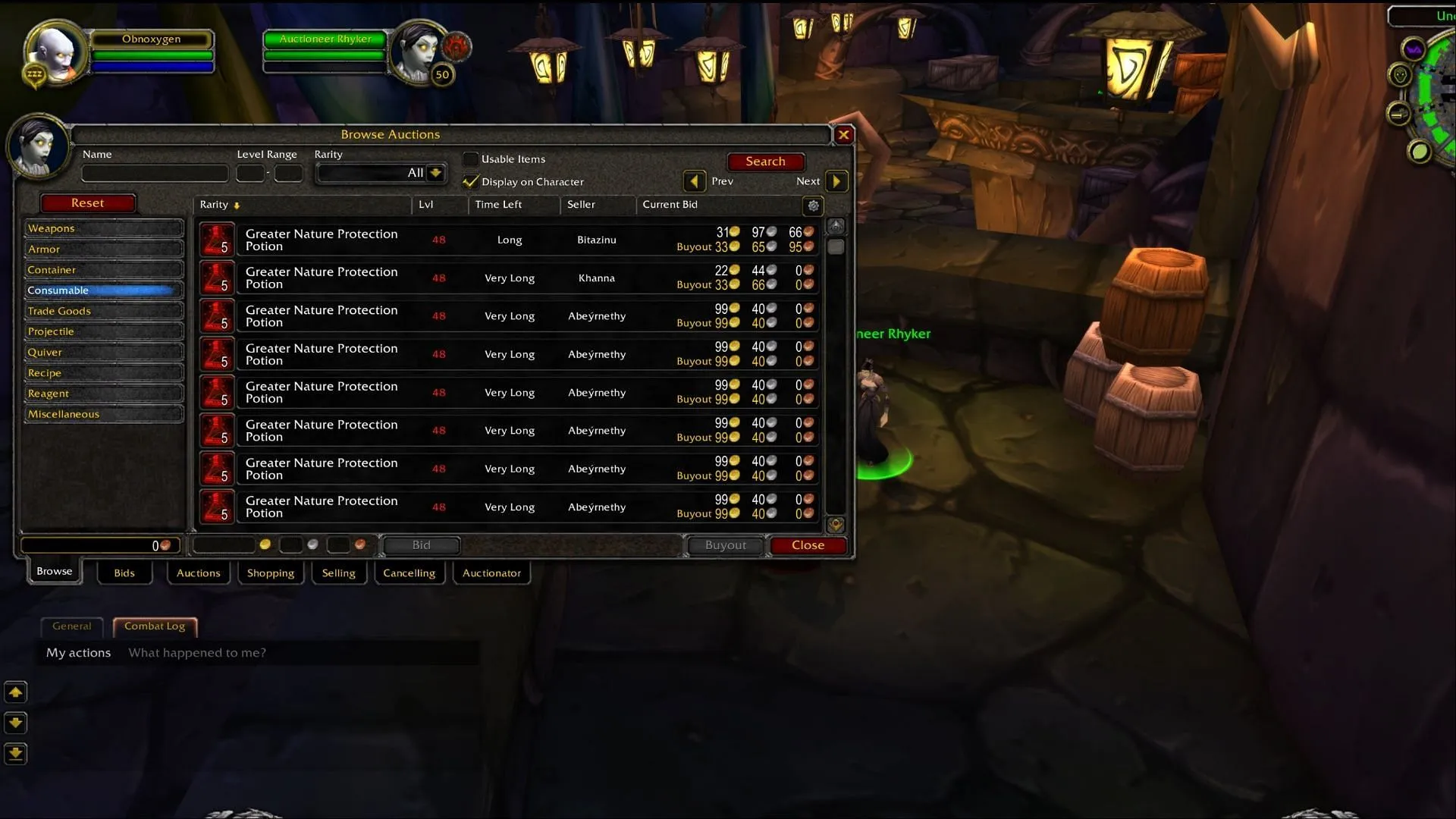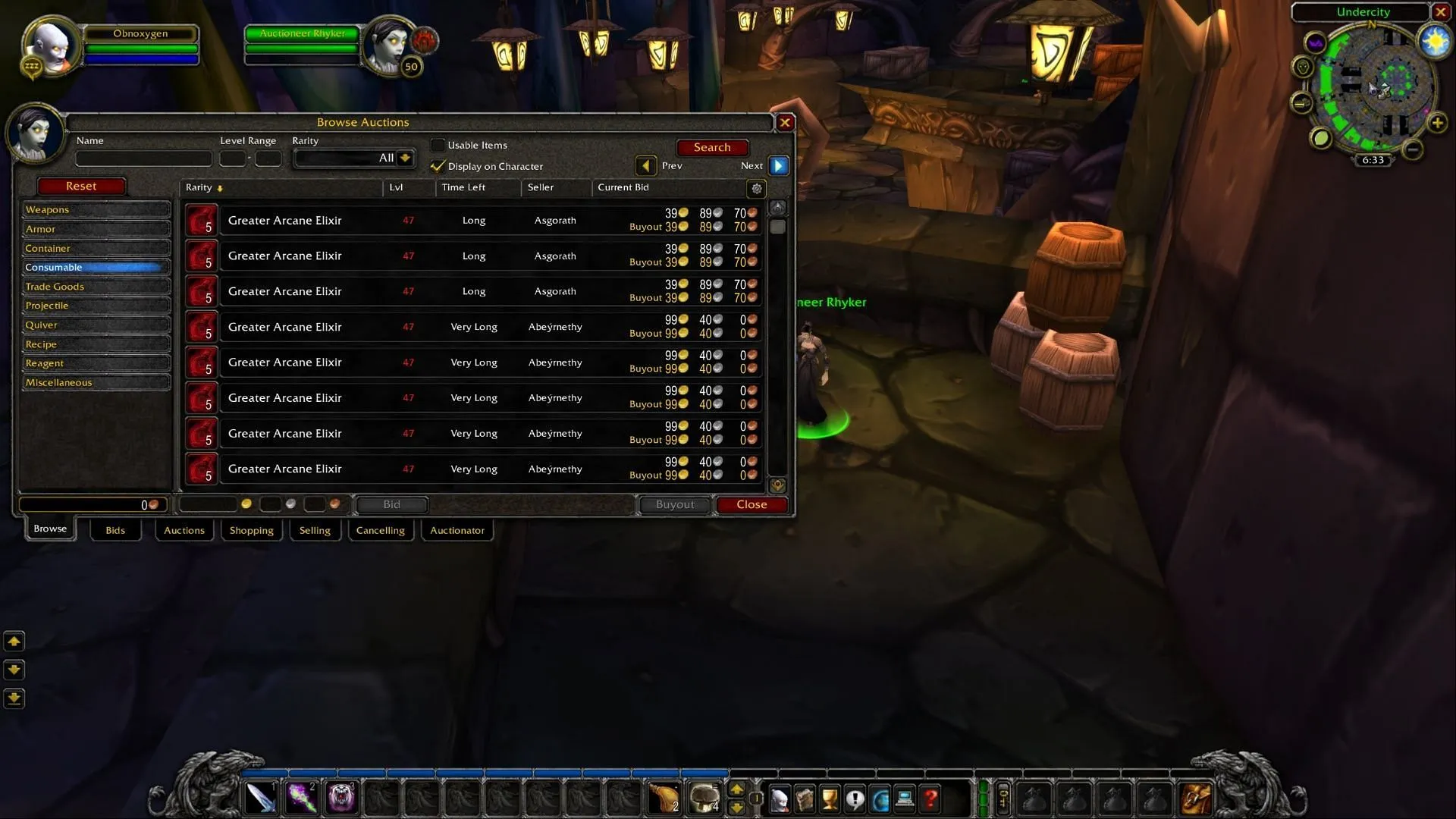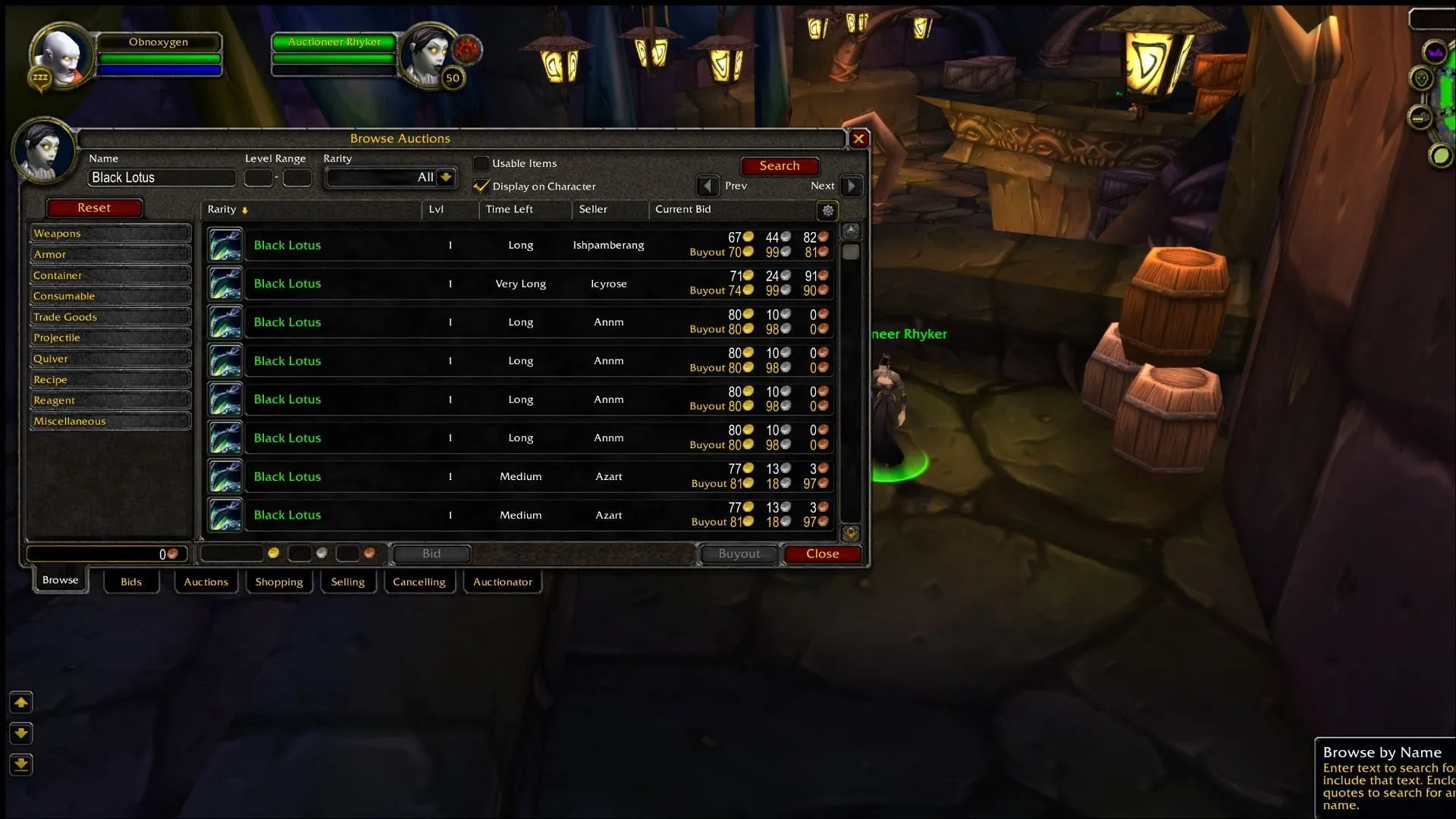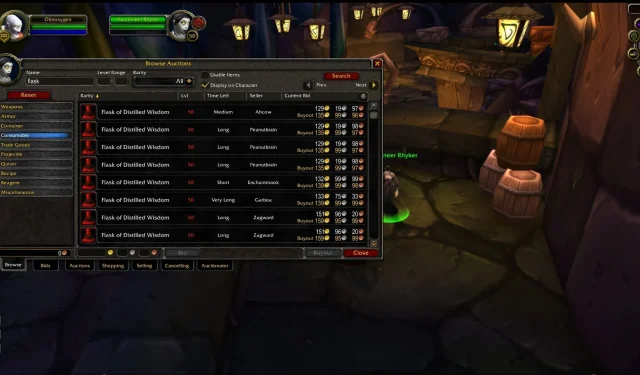In the realm of WoW Classic, the 20th Anniversary servers have confronted significant challenges regarding the pricing of the Black Lotus herb. This rare herb plays a pivotal role in crafting nearly every essential flask in the game, making it a focal point for players. Although flasks are technically optional, their necessity has been amplified by raiding communities; top-tier guilds have historically emphasized their relevance during high-level content progression.
Economic Challenges within WoW Classic
The steep cost of Black Lotus has caused considerable concern throughout the WoW Classic community. Blizzard Entertainment has investigated the issue on multiple occasions, yet the presence of bots and gold farmers has led to a twisted market, substantially inflating the price of this critical component across all Anniversary servers. While crafting a flask typically requires just one Black Lotus, the current market price hovers around an astonishing 80 gold each.

Given how rare it is to farm Black Lotus, many players opt to purchase it instead, turning to the auction house or even illicit third-party websites. The demand from these sources propels prices further upward as farmers collect resources for sale alongside gold, power leveling, and other in-game services.
However, the Black Lotus situation isn’t the sole contributor to inflated costs. Numerous late-game consumables are experiencing similar price hikes. For example, the Greater Arcane Protection Potion and Greater Frost Protection Potion are priced at about 33 gold each, despite their relatively low crafting costs. Meanwhile, Dream Dust averages around 70 silver, while Dreamfoil expenses can tally up to 1 gold, particularly when crafting flasks, which can require up to 30 Dreamfoils per item. Reports suggest that on certain megaservers, the prices of herbs like Mountain Silversage and Plaguebloom have skyrocketed.
Please understand that it’s not just the Lotus; it’s every farmable consumable that is super expensive because they decided to have mega servers and everyone is raidlogging during the day so there’s only 2-3 layers. Fixing ONLY lotus won’t help a lot by
u/lasantamolti in
classicwow
As the demand for late-game consumables grows, it is likely that prices will remain exorbitant. Part of this issue stems from the activities of gold farmers and others who buy gold from external sellers. A particular subset of players known as Raidloggers contribute to the problem, as they log in solely to raid, abstaining from daily farming of materials.

While the practice of Raidlogging is not inherently problematic, it does have significant economic implications. Players with substantial resources often resort to purchasing gold or materials from third-party websites, inadvertently driving up auction house prices.
The influx of Raidloggers diminishes the number of players who actively farm materials. This trend leads to increased reliance on purchasing from the auction house, further exacerbating price inflation.

The continuous high demand for Black Lotus can be attributed to rampant botting activities that keep prices elevated. Players fortunate enough to acquire the herb tend to charge similar rates, ensuring the market remains inflated due to its ongoing scarcity and the substantial time required to farm it.
While improving accessibility to Black Lotus could provide some relief in WoW Classic, it is doubtful it would fully resolve the ongoing issues. The core dilemma appears to stem from the widespread nature of gold buying and selling, with these external sellers exerting considerable influence over the in-game economy. Even the addition of more layers to the game might simply entice bots to target every available resource layer.
Unfortunately, a definitive solution to the gold selling conundrum within WoW Classic eludes us, but there is hope that Blizzard’s forthcoming strategies aimed at regulating Black Lotus will alleviate prevailing high prices and encourage a healthier economy for consumables overall.


